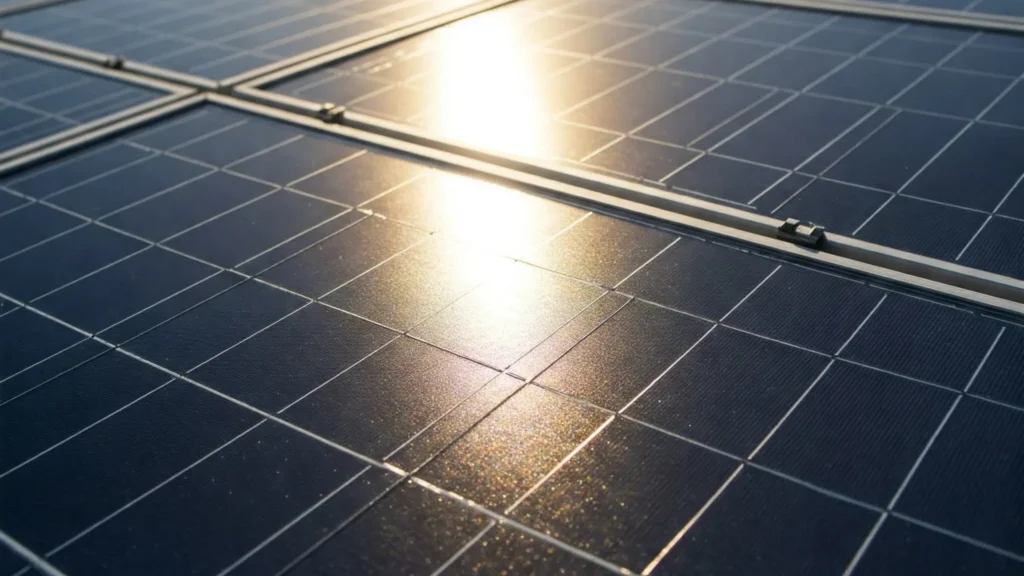Introduction
The world is turning to renewable energy, and solar power is leading the way. But imagine we can make solar panels even greener? Meet a revolutionary innovation: solar panels from food waste. Scientists are recycling fruit peels, vegetable scraps, and other organic wastes into effective, affordable solar cells. This blog looks at how the technology works, its advantages, and what it holds for the future of clean energy.
How Are Solar Panels Manufactured from Food Waste?
Conventional solar panels use silicon, which uses high-energy consumption for manufacturing. Scientists have recently found that specific food waste sources such as banana peels, spinach, and beetroot have organic materials that include compounds capable of capturing sunlight and producing electricity.
Most Important Process Steps:
- Getting Natural Dyes – Fruits and vegetables including blackberries, pomegranates, and carrots have pigments that absorb light.
- Developing Bio-Solar Cells – These are applied in dye-sensitized solar cells (DSSCs), which cost less than silicon panels.
- Efficiency Boosting – Researchers blend food waste and nanomaterials to boost conductivity and energy conversion.
Advantages of Solar Panels Made of Food Waste

1. Trims Landfill Waste
More than 1.3 billion tons of food is wasted each year. Its reuse for solar panels reduces the emission of methane from rotting waste.
2. Reduced Costs of Production
Silicon panels are expensive. Food waste-based solar cells could reduce costs by up to 50%, making solar energy more accessible.
3. Eco-Friendly Manufacturing
No toxic chemicals are used, unlike traditional solar panel production.
4. Works in Low Light
Unlike silicon panels, DSSCs perform better in cloudy or indoor conditions.
Challenges & Future Potential
While promising, food waste solar panels face hurdles:
- Lower Efficiency – Currently, they convert 5-10% of sunlight vs. silicon’s 15-22%.
- Durability Concerns – Silicon lasts longer than organic materials.
- Scaling Up – Large-scale manufacturing techniques are being developed.
That said, scientists are making strides in efficiency by mixing food waste with perovskite materials, potentially disrupting the industry.
Real-World Applications
- Urban Solar Farms – Roof installations using food waste panels.
- Disaster Zones – Light, transportable solar units for emergency power.
- Developing Nations – Inexpensive solar technology for off-grid villages.
Conclusion
Solar panels from food waste are an innovative union of sustainability and technology. Not yet as effective as current panels, they hold the promise of zero-waste, low-cost renewable energy that could revolutionize renewable power. With increased research, soon we might be able to see kitchen leftovers powering homes reducing waste to watts!

